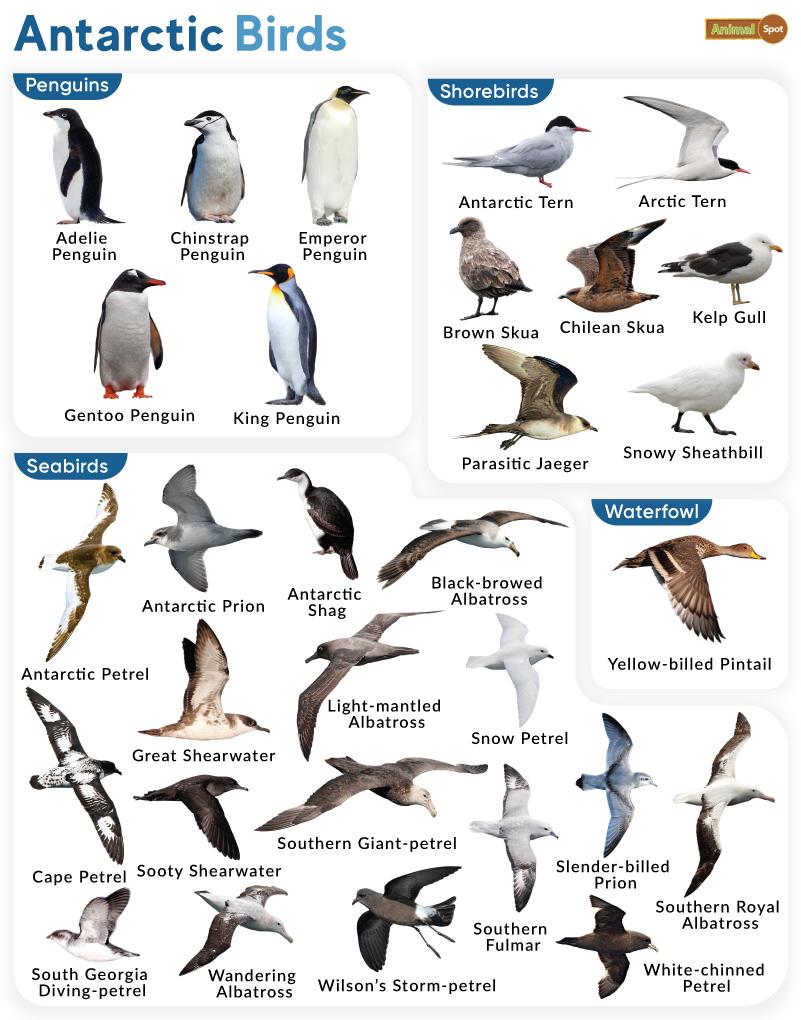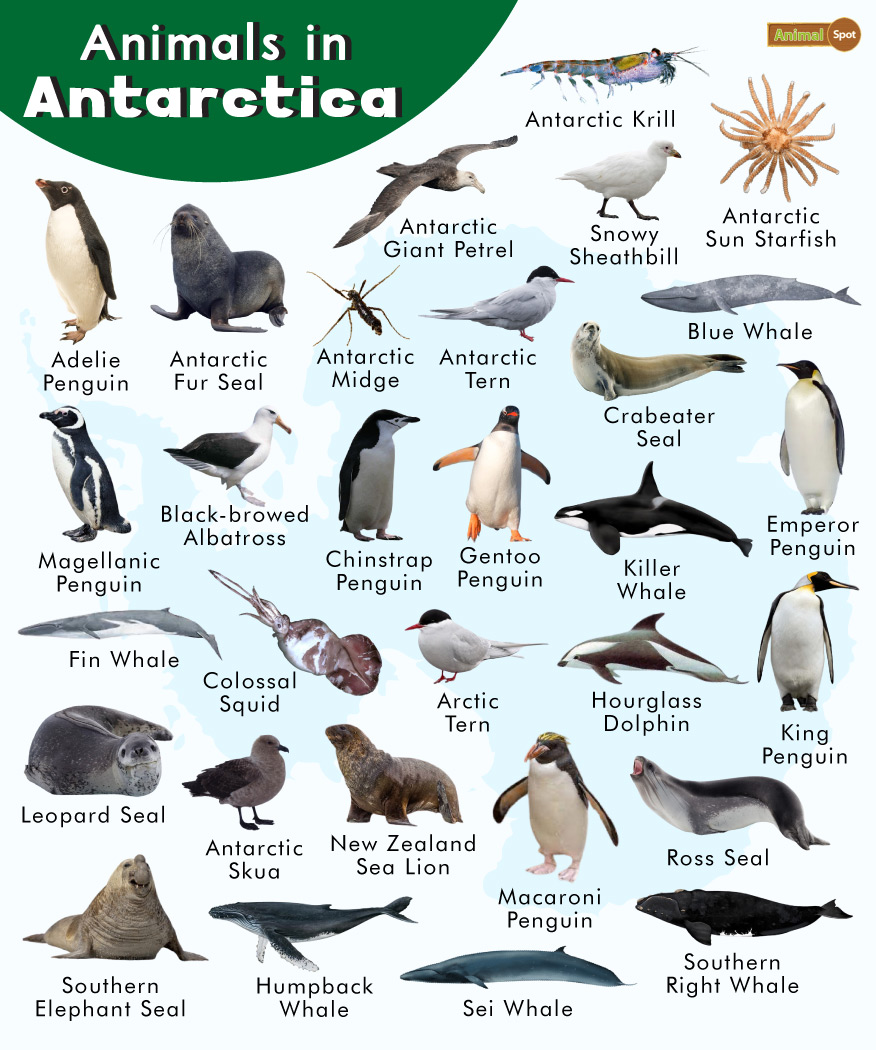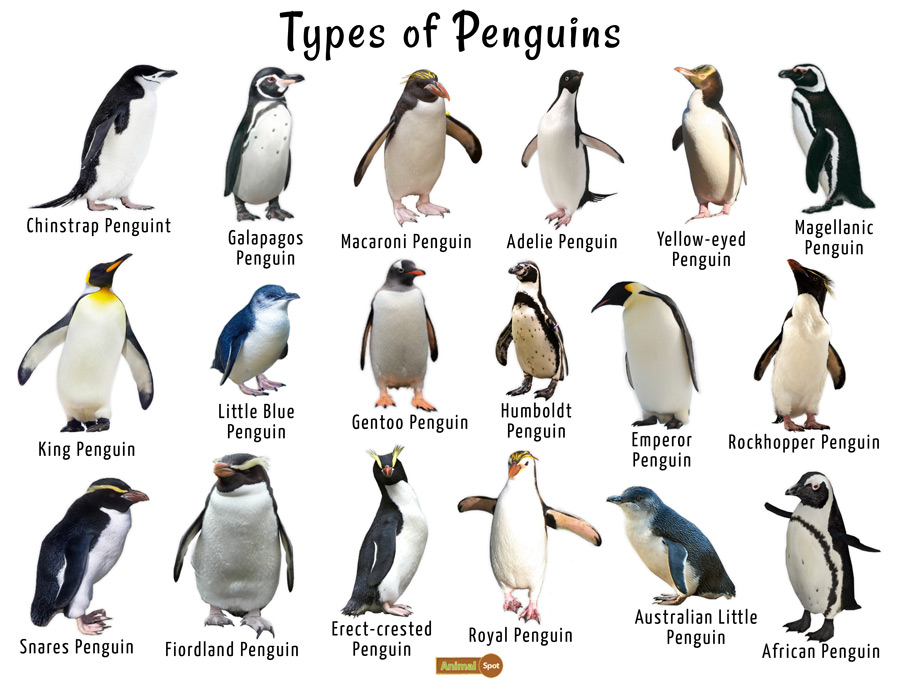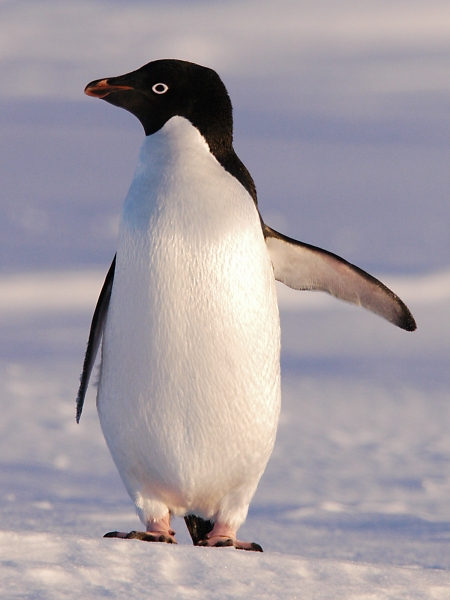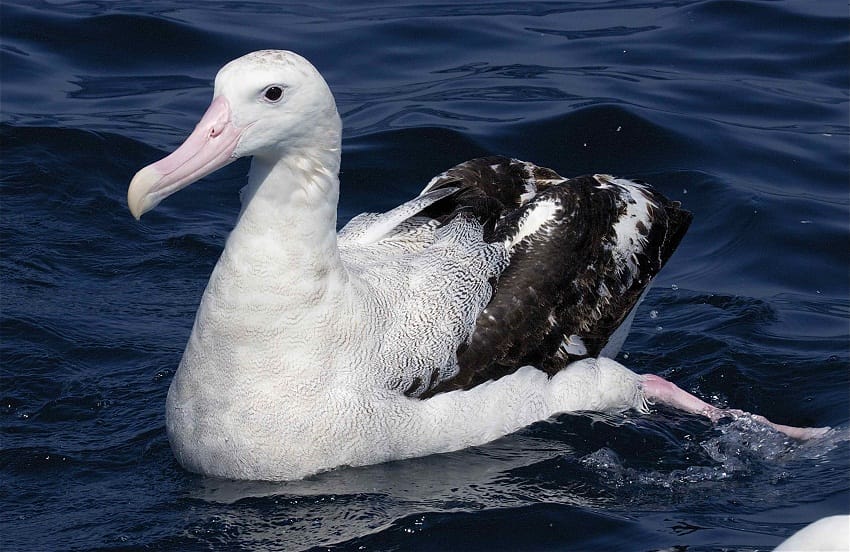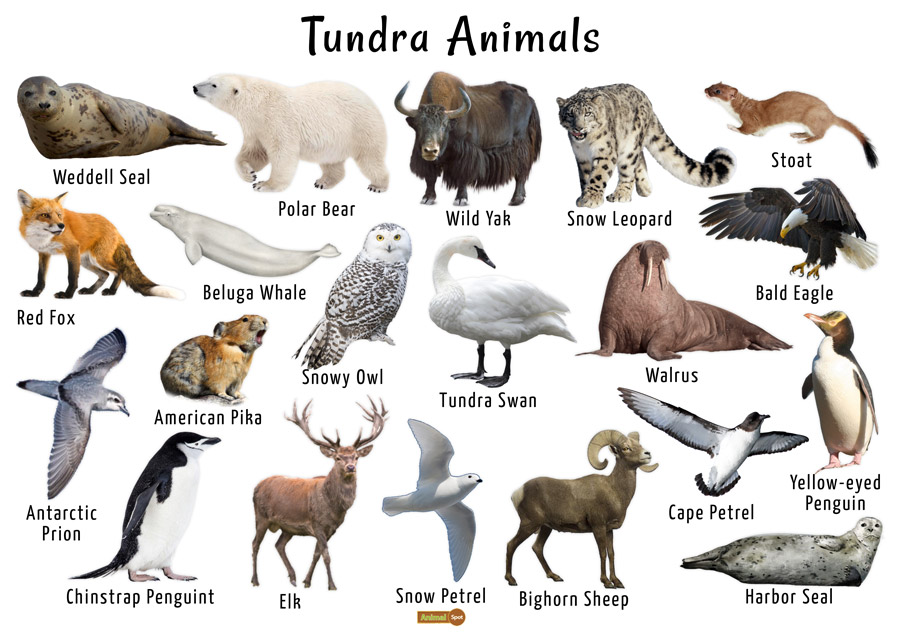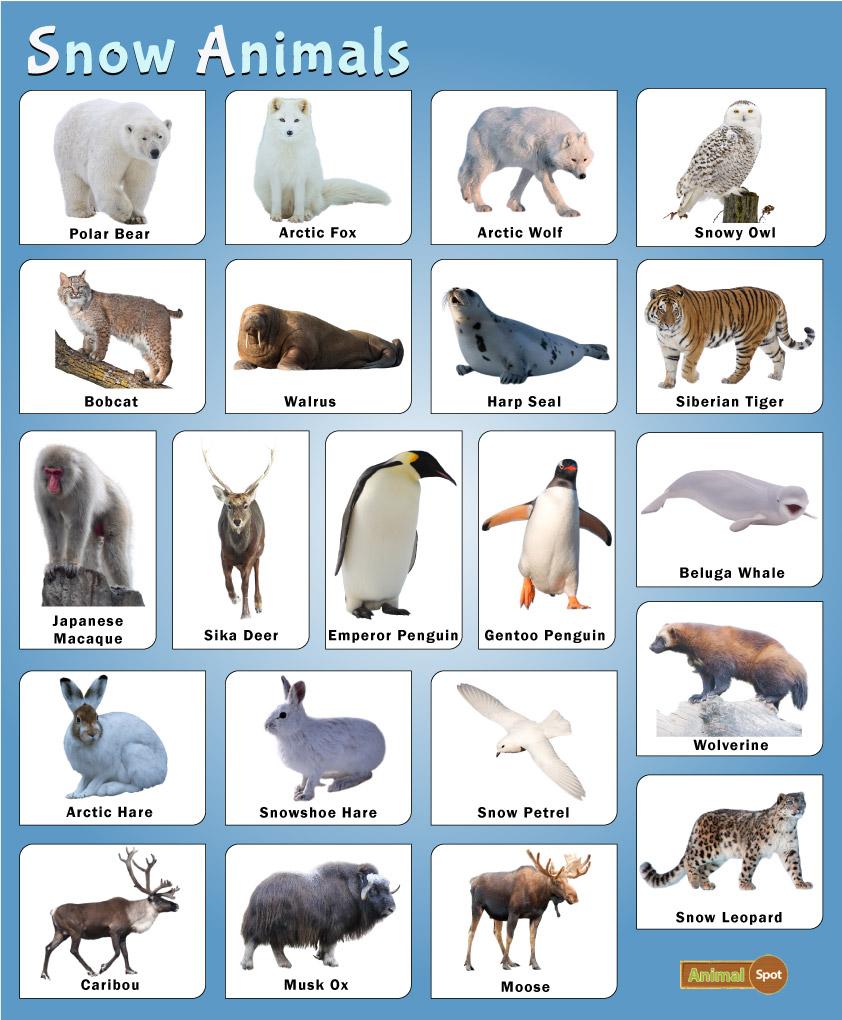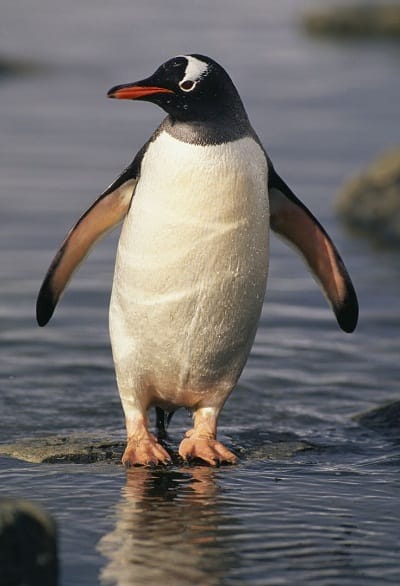Many animals living in Antarctica’s frozen wastelands are descendants of species that have adapted to survive there over millennia. These animals, including various bird species, likely endured the harsh cold by isolating in ice-free areas or regions with geothermal heat released from the Earth’s crust.
Antarctica is home to about 60 bird species, but only one is endemic to the continent – the Emperor Penguin, the sole penguin species to breed there. The Wandering Albatross, known for having the largest wingspan of any bird alive today (10-11 ft), is also a resident. Most birds on the White Continent primarily feed on krill, supplementing their diets with fish, squid, and crustaceans. While Antarctica lacks birds of prey, skuas will attack the eggs and chicks of penguins and other birds for food.
List of Antarctic Birds
Flightless Birds (Penguins)
Penguins are the only flightless birds in the Antarctic. Their wings resemble flippers, which they use to swim, but are completely useless for flight.
Seabirds
- Antarctic Petrel
- Antarctic Prion
- Antarctic Shag
- Atlantic Petrel
- Black-bellied Storm-petrel
- Black-browed Albatross
- Blue Petrel
- Broad-billed Prion
- Cape Petrel
- Crozet Shag
- Fairy Prion
- Gray-backed Storm-petrel
- Gray-headed Albatross
- Gray Petrel
- Great Shearwater
- Kerguelen Petrel
- Light-mantled Albatross
- Mottled Petrel
- Northern Giant-petrel
- Southern Royal Albatross
- Salvin’s Albatross
- Salvin’s Prion
- Short-tailed Shearwater
- Slender-billed Prion
- Snow Petrel
- Soft-plumaged Petrel
- Sooty Albatross
- Sooty Shearwater
- Southern Fulmar
- Southern Giant-petrel
- South Georgia Diving-petrel
- South Georgia Shag
- Wandering Albatross
- White-capped Albatross
- White-chinned Petrel
- White-headed Petrel
- Wilson’s Storm-petrel
Shorebirds
- Antarctic Tern
- Arctic Tern
- Brown Skua
- Cattle Egret
- Chilean Skua
- Franklin’s Gull
- Kelp Gull
- Long-tailed Jaeger
- Parasitic Jaeger
- Pomarine Jaeger
- Sabine’s Gull
- Snowy Sheathbill
- South Polar Skua
- Upland Sandpiper
Waterfowl
Adaptations of Antarctic Birds
The birds living in the Antarctic usually have several adaptations for surviving extreme cold. These include:
- Water-repellent Feathers — Some penguins, like the Emperor and Gentoo, have feathers capable of repelling water. This helps to keep their skin waterproof and their bodies warm.
- Huddling Together — Emperor and Adélie penguins occasionally huddle together to keep themselves and their chicks warm.
- Webbed Feet — Some birds, like the Antarctic Shag and the Gray Petrel, have webbed feet that help them dive underwater more easily while hunting.
Conservation
Many of Antarctica’s birds face challenges due to climate change, overfishing, and human activities. For instance, the Emperor Penguin is listed as “Near Threatened” because of the melting sea ice, which affects its breeding and feeding grounds. International agreements, such as the Antarctic Treaty System, aim to mitigate these impacts by regulating human activities and promoting conservation efforts. Additionally, organizations like the Antarctic and Southern Ocean Coalition (ASOC) work to preserve the continent’s pristine environment and its avian inhabitants.
Recent Discoveries
In 2020, paleontologists unearthed a fossil of a pelagornithid, a giant albatross-like bird that lived in Antarctica around 50 million years ago. This ancient bird is estimated to have had a wingspan of up to 20 feet. Based on its jaw structure, it is also believed to have possessed teeth-like bony structures in its mouth.

